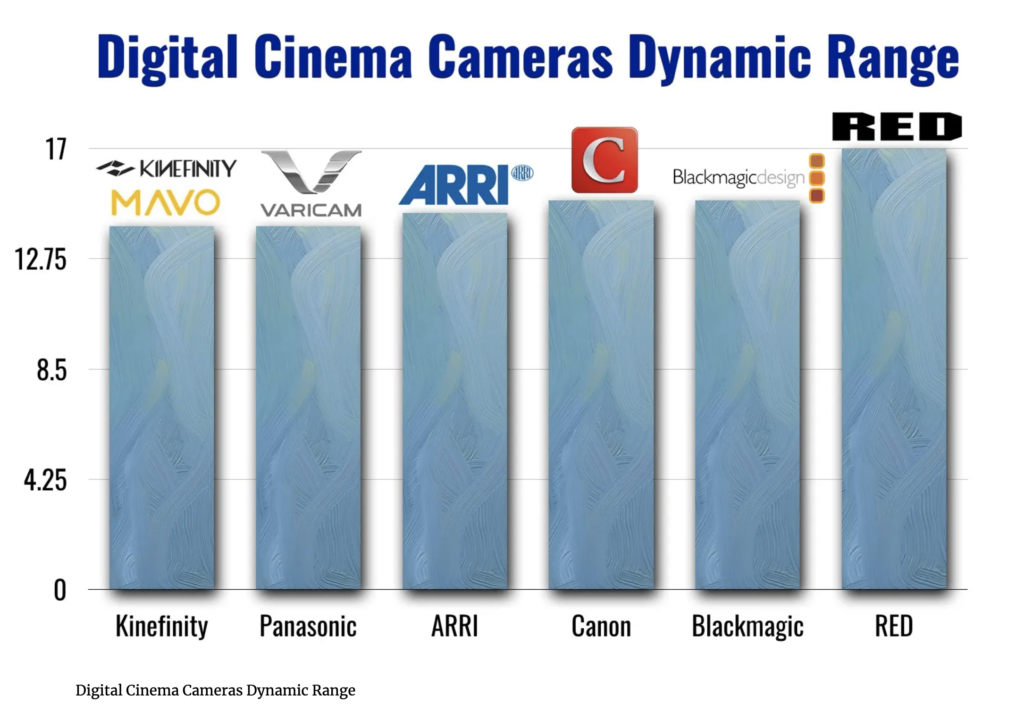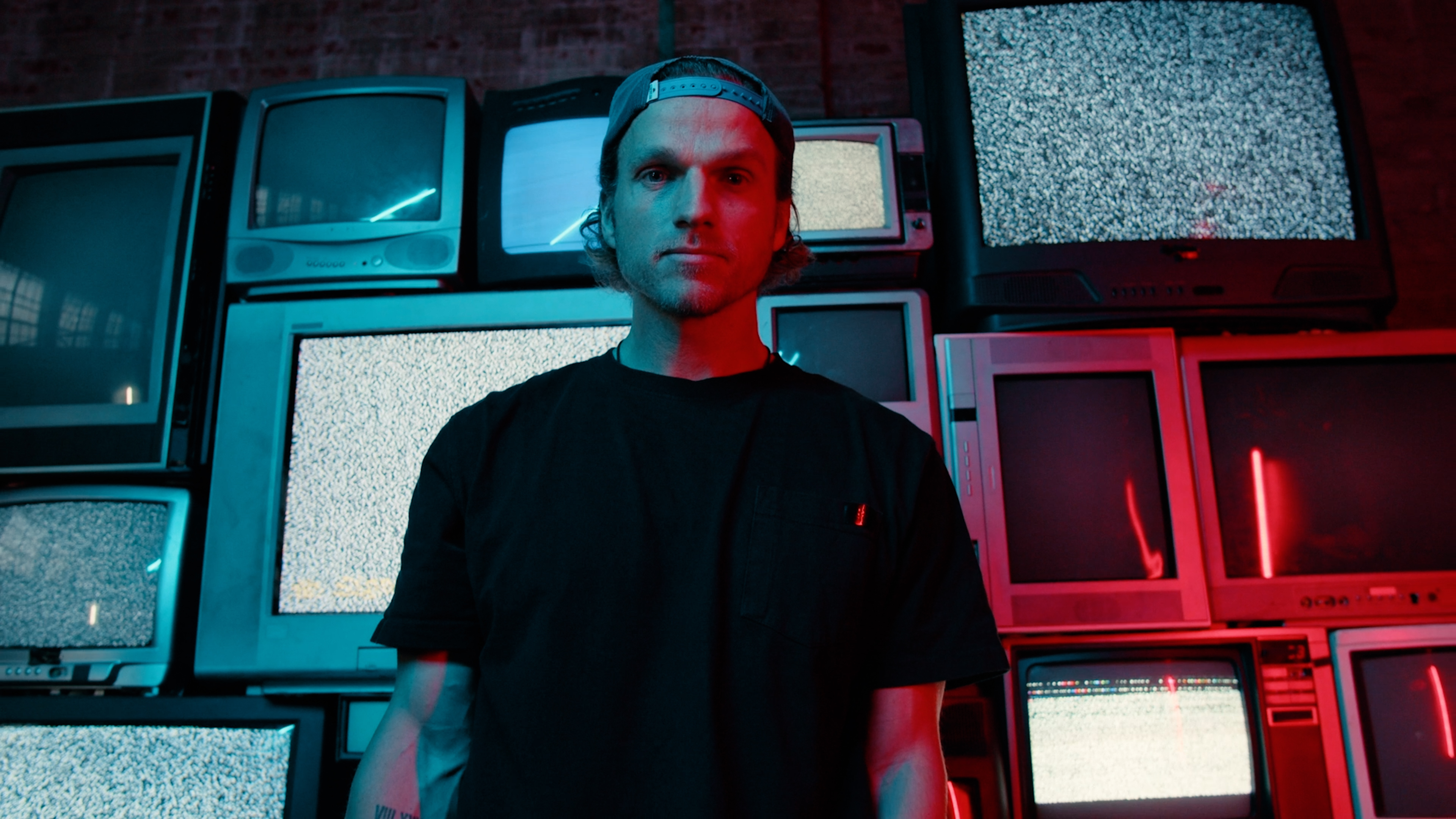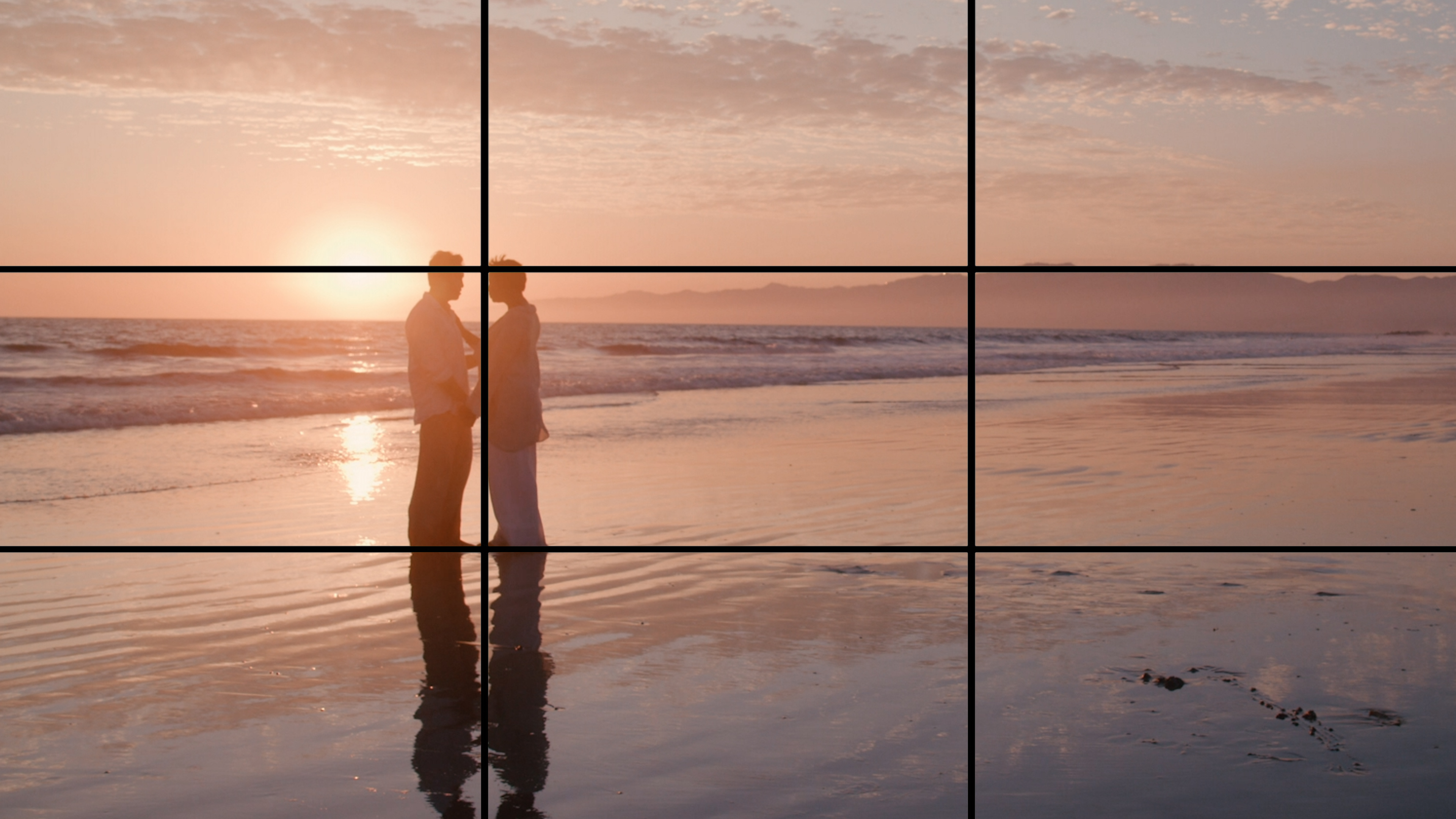
Filmpac Footage Contributor Program
Want to make money selling footage through a major stock footage platform like Filmpac? This page will walk you through the processs.
Continue ReadingDo you need to film on a RED digital cinema camera?
Like most questions, it depends.
There are many considerations, and I can’t address them all at once, but I do have some essential pros and cons that I’d like to share below – let’s start with the downsides:
If you’ve grown accustomed to a smaller form factor, more ergonomically-friendly camera, the first thing you’re going to notice is this: this thing is a tank. It’s heavy and bulky. So if you’re shooting handheld, start hitting the gym now, because you’re going to need some biceps. The larger size also requires bigger gimbals, tripods, bags, and much more.
I am more of a run-and-gun cinematographer, so the fact that it takes an entire minute to boot up is sometimes problematic. Also, if you’ve enjoyed the luxuries of autofocus and internal stabilization, you will not find those features here. You’ll probably need some adapters and lens mounts, depending on how you rig the camera and what lenses you’ll use.
Obviously, these cameras are very expensive, and all the accessories are also very expensive. My 480GB Mini Mag card alone was $1500.
My pretty minimal and stripped down setup is about $30,000 all in, and they can get much more expensive than that.
The RED Scarlet-W, RED Komodo, Komodo 6k, RED Dragon, and Dragon 6k are popular entry-level full-frame cameras in the RED family, much cheaper than other RED cameras such as the RED Epic, RED Gemini, and RED V-RAPTOR 8k VV.
So, why is this clunky beast still my A-cam? Well, there are a few big positives.
These shoot raw (even at a high FPS), and I love the raw r3d files.
These files give tons of flexibility in post to change almost everything relating to the image, color, ISO, etc. They also play back and edit super smoothly in Premiere, with no proxies necessary (depending on your workstation, of course).
The color science is just superior to cheaper setups. Right out of camera, it’s just better than what I’ve ever been able to get with other cameras. I understand there are many other great sensors and LOG options that can produce really great color in post, but for the sake of this point, the color and image quality right out of the RED camera is king.
With REDs, there is no rolling shutter on those fast movements and subjects, regardless of frame rate. This is subtle, but significant (this is known as Global Shutter). In my first few years of filming, I used to never care or notice this until it was pointed out to me. It is important.
This one seems silly, but there is definitely a “cool factor” with holding a RED.
As a filmmaker and director, I‘ve experienced the different perceptions from clients when I walk onto a set with a small camera, vs. this beast.
The RED commands respect.
Lastly (and I would argue maybe most importantly), the RED’s dynamic range is #1 in the industry.

Trying to pinpoint why a certain film just looks better and more cinematic is sometimes difficult to articulate, but I would say that the majority of the time, it’s due to a better dynamic range (how well can you see the shadows and the highlights in a shot).
Let me put it as simply as I can: Cameras struggle to balance light and reproduce what our eyes can actually see, but the RED cameras get close. Real close.
ARRI’s cinema cameras are another popular type of high-end camera body.
All RED cameras use DSMC or DSMC2 technology to capture videos and stills simultaneously, if necessary.
So in conclusion, there are pros, and there are cons.
If you’re wanting to film super high-end ads and land high-paying gigs, you need to consider renting or buying this camera. Ever since the RED One was released in 2007, the company has been at the forefront of modern film production.
But if not, you can honestly stick with the smaller cine video cameras or DSLRs (such as those from Canon, Sony, Blackmagic, Panasonic, and Nikon), as they are affordable, good quality, and offer a much more user-friendly workflow.
Caleb Rexius is the Founder and Lead Cinematographer at Filmpac.

Want to make money selling footage through a major stock footage platform like Filmpac? This page will walk you through the processs.
Continue Reading
By far, the two most common frame rates in modern American video editing and production are 24fps and 29.97fps. Here's the difference.
Continue Reading
There are 5 main types of camera movement. We break each of them down and show you how they can help you tell your stories better.
Continue Reading
If you’re a photographer or filmmaker, you’ve likely heard of The Rule Of Thirds. here's a guide on how to apply it and when to break it.
Continue Reading
Filmpac’s newly-designed Project Feature is a powerful tool for collaborative video editing. Here’s a quick rundown of how it works.
Continue Reading

One of the most difficult parts of being a professional filmmaker is effectively managing and budgeting your time.
Continue Reading
Want to make money selling footage through a major stock footage platform like Filmpac? This page will walk you through the processs.
Continue Reading